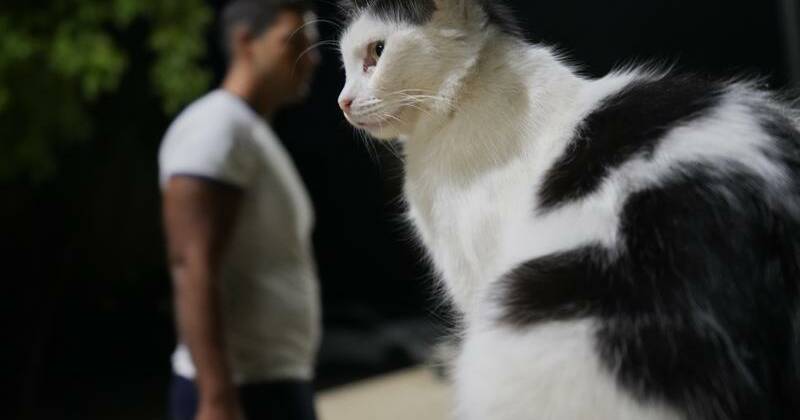
The island nation of Cyprus is grappling with a significant rise in its feral cat population, with estimates suggesting there is roughly one cat for every resident in the country. This equates to approximately one million feral cats, though animal welfare activists argue that the actual number could be in the hundreds of thousands higher. The surge in cat numbers has prompted concerns about the ecological impact and the welfare of these animals.
On October 4, coinciding with World Animal Day, Environment Minister Maria Panayiotou announced an increase in funding for cat sterilisation programs to 300,000 euros (approximately $A530,000). This decision has been welcomed as a vital step in addressing the burgeoning feral cat issue, which local officials have indicated is exacerbated by the limitations of current sterilisation efforts.
The increase in funding aims to curb the growth of the feral cat population, which poses a dual threat. Not only do large numbers of cats disrupt the local ecosystem, but they also face considerable challenges themselves, such as searching for food and shelter amidst the dangers of busy roads. The government’s initiative reflects a growing recognition of the need for effective management of the feral cat situation.
Historical Context and Local Significance
Cyprus has a rich history intertwined with cats, dating back thousands of years. Archaeological findings from a 9,500-year-old Neolithic village suggest that cats were domesticated in the region much earlier than previously thought. The discovery of cat bones alongside human remains indicates a long-standing relationship between the two species.
The narrative of cats in Cyprus is further enriched by the legend of Saint Helen, who, in the 4th century, reportedly brought cats to the island to combat a snake infestation. Today, the monastery known as St. Nicholas of the Cats serves as a sanctuary for felines and a testament to the island’s historical affection for these animals.
Cats have become a cultural symbol and tourist attraction in Cyprus. Visitors often encounter well-fed cats lounging outside restaurants or wandering popular footpaths, where they are frequently fed by tourists. This relationship not only enhances the local experience but also highlights the unique connection between the island’s residents and their feline companions.
Looking Ahead: Challenges and Solutions
Despite the positive steps taken by the government, challenges remain in effectively managing the feral cat population. While increased funding for sterilisation is a constructive move, experts warn it is not a standalone solution. Comprehensive strategies, including public education and community involvement, are essential to ensure sustainable management.
The situation in Cyprus serves as a reminder of the complexities involved in balancing animal welfare, ecological health, and the responsibilities of local authorities. As the island continues to embrace its love for cats, finding effective solutions will be crucial in preserving both the cats and the unique environment of Cyprus.






